Home>Home Appliances>Kitchen Appliances>How To Keep Food From Sticking To Dehydrator Trays
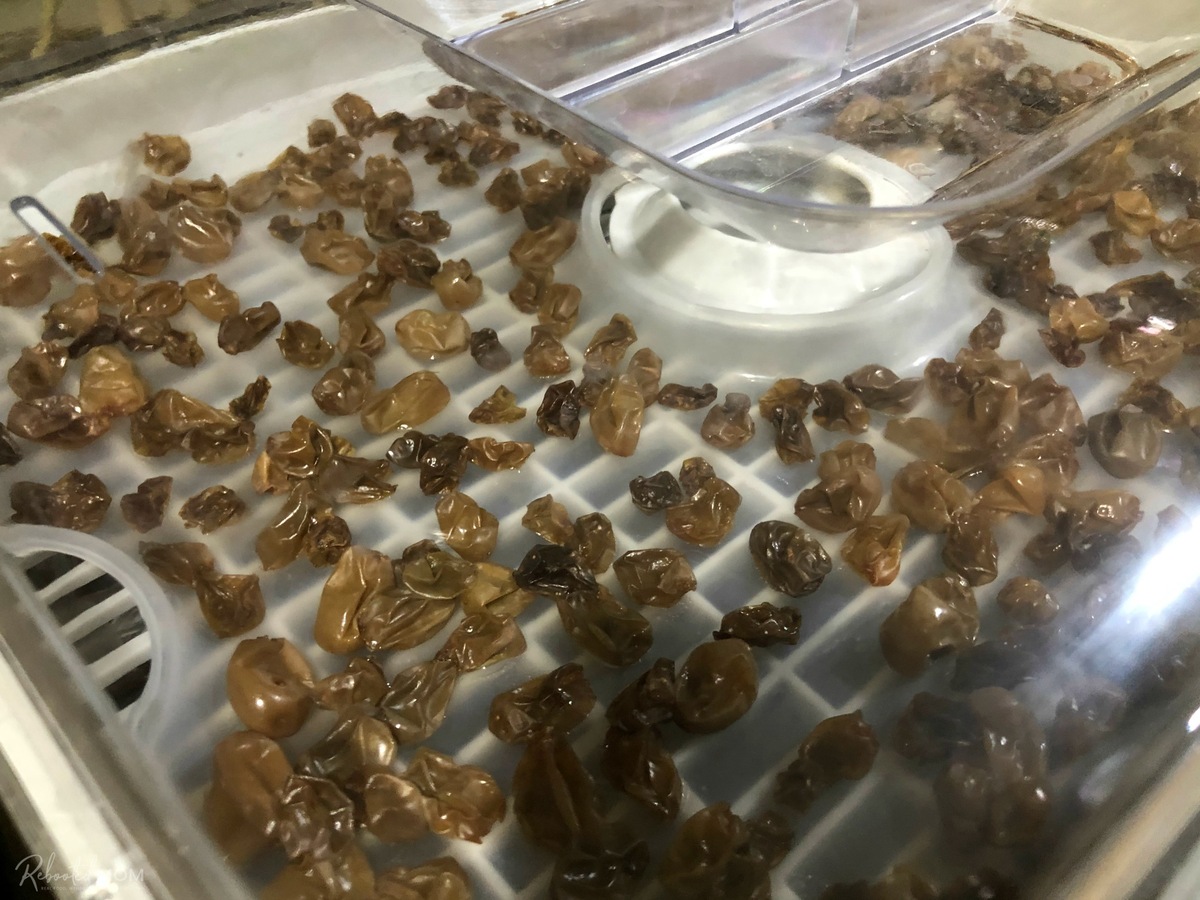

Kitchen Appliances
How To Keep Food From Sticking To Dehydrator Trays
Modified: April 22, 2024
Discover effective tips for preventing food from sticking to your dehydrator trays. Keep your kitchen appliances in top condition with these simple tricks.
(Many of the links in this article redirect to a specific reviewed product. Your purchase of these products through affiliate links helps to generate commission for Storables.com, at no extra cost. Learn more)
Introduction
Dehydrating food is a wonderful way to preserve the harvest, create delicious snacks, and add variety to your culinary repertoire. However, one common frustration that many home cooks encounter when using a dehydrator is food sticking to the trays. This issue can be exasperating, leading to messy trays and food wastage. Fortunately, there are several simple and effective methods to prevent this problem and ensure that your dehydrated goodies come out perfectly every time.
In this comprehensive guide, we will delve into the causes of food sticking in dehydrator trays and explore a range of practical solutions. By understanding the root of the problem and implementing the techniques outlined in this article, you can bid farewell to the annoyance of stuck-on food and embrace the joys of hassle-free dehydrating. Whether you are a seasoned dehydrating enthusiast or just beginning to explore this culinary art, the tips and tricks presented here will empower you to make the most of your dehydrator and enjoy consistently excellent results. So, let's embark on this enlightening journey to discover how to keep food from sticking to dehydrator trays and elevate your dehydrating experience to a whole new level.
Key Takeaways:
- Say goodbye to sticky dehydrator trays by slicing food evenly, blanching, marinating, and using non-stick sheets. Keep your dehydrator clean and well-maintained for hassle-free dehydrating experiences.
- Prevent food from sticking to dehydrator trays with non-stick sheets, cooking spray, parchment paper, and proper cleaning. Enjoy easy removal of dehydrated goodies and explore a variety of delicious snacks.
Understanding the Causes of Sticking
Before delving into the solutions, it’s essential to comprehend why food may stick to dehydrator trays. By understanding the underlying causes, you can effectively address the issue and prevent sticking from occurring in the first place.
One common reason for food sticking to dehydrator trays is the natural moisture content present in the food being dehydrated. Foods with higher moisture levels, such as juicy fruits or succulent meats, are more prone to sticking. During the dehydration process, this moisture can create a tacky surface, leading to adhesion with the trays.
Another factor contributing to sticking is the lack of a barrier between the food and the tray surface. Without a protective layer, the food can adhere directly to the tray, especially if the trays have a rough or textured surface.
Furthermore, the temperature and duration of the dehydration process can impact the likelihood of food sticking. If the temperature is too high or the drying time is prolonged, the outer layer of the food may become overly dry and sticky, increasing the risk of adhesion to the tray.
It’s also important to consider the type of food being dehydrated. Foods with naturally occurring sugars, such as certain fruits, tend to be stickier than others. Understanding the characteristics of the specific foods you are dehydrating can help you anticipate and address potential sticking issues.
By recognizing these common causes of sticking, you can take proactive measures to prevent this problem and ensure that your dehydrated foods release effortlessly from the trays. In the following sections, we will explore various strategies and techniques to address these causes and keep food from sticking to dehydrator trays, allowing you to enjoy seamless dehydrating experiences and delicious, non-sticky results.
Preparing the Food
Properly preparing the food before placing it in the dehydrator can significantly reduce the likelihood of sticking. Here are some essential steps to take when preparing food for dehydration:
- Slice Evenly: For fruits, vegetables, and meats, ensure that the pieces are sliced uniformly. This uniformity promotes consistent drying and reduces the chances of uneven moisture distribution, which can lead to sticking.
- Blanching: In some cases, blanching certain fruits and vegetables before dehydration can help inactivating enzymes and reducing moisture content, which in turn minimizes the risk of sticking. After blanching, pat the food dry before placing it on the dehydrator trays.
- Marinating: When dehydrating meats, marinating them beforehand can not only enhance flavor but also create a protective coating that reduces the likelihood of sticking. Be sure to drain excess marinade before placing the meat on the trays.
- Pre-treatment: Some foods benefit from pre-treatment with citric acid or ascorbic acid to help preserve color and reduce moisture. This can be particularly helpful for fruits prone to sticking, such as bananas and peaches.
By taking these preparatory measures, you can set the stage for successful dehydration and minimize the risk of food sticking to the trays. Thoughtful preparation not only improves the overall quality of the dehydrated food but also contributes to a smoother dehydrating process.
Using Non-stick Sheets or Mats
One effective way to prevent food from sticking to dehydrator trays is to utilize non-stick sheets or mats specifically designed for dehydrating. These accessories provide a reliable barrier between the food and the tray surface, minimizing the risk of adhesion and simplifying the removal of dehydrated items. Here’s how to make the most of non-stick sheets or mats:
- Compatibility: Ensure that the non-stick sheets or mats are compatible with your specific dehydrator model. Many dehydrator manufacturers offer corresponding accessories designed to fit their trays perfectly, providing a seamless non-stick surface for dehydrating a wide range of foods.
- Easy Application: Non-stick sheets or mats are typically easy to apply to the dehydrator trays. They can be trimmed to fit the tray size as needed, offering versatility and convenience.
- Enhanced Versatility: Non-stick sheets and mats can expand the range of foods you can dehydrate, including liquids, purees, and small or sticky items that might otherwise be challenging to dry directly on the tray surface.
- Simple Cleaning: These accessories are often easy to clean and maintain, contributing to a hassle-free dehydrating experience. They can be hand-washed or placed in the dishwasher for effortless maintenance.
- Reusable and Durable: Non-stick sheets and mats are designed for repeated use, providing long-lasting performance and value. With proper care, they can withstand numerous dehydrating cycles without losing their non-stick properties.
By incorporating non-stick sheets or mats into your dehydrating process, you can effectively mitigate the risk of food sticking to the trays, ensuring that your dehydrated creations release effortlessly and maintain their pristine appearance. These accessories offer a practical and reliable solution to the sticking issue, empowering you to explore a diverse array of dehydrated foods with confidence and ease.
To prevent food from sticking to dehydrator trays, you can use non-stick dehydrator sheets or lightly coat the trays with a cooking spray or oil before placing the food on them.
Applying Cooking Spray or Oil
Another effective method to prevent food from sticking to dehydrator trays involves the application of cooking spray or oil. This simple yet practical approach creates a protective barrier between the food and the tray, minimizing the likelihood of adhesion and facilitating easy removal of dehydrated items. Here’s how to use cooking spray or oil to keep food from sticking:
- Even Application: Prior to placing the food on the dehydrator trays, lightly coat the surface with a thin, even layer of cooking spray or oil. This ensures comprehensive coverage and promotes non-stick properties throughout the dehydration process.
- Use in Moderation: It’s important to apply cooking spray or oil sparingly to avoid excessive buildup, which can affect the flavor and texture of the dehydrated food. A light mist or a gentle brushing of oil is generally sufficient to achieve the desired non-stick effect.
- Consider Flavor: When using oil for dehydrating, consider the impact on the flavor of the food. For example, using a neutral oil, such as canola or vegetable oil, is ideal for minimizing flavor alteration, especially when dehydrating fruits or delicate ingredients.
- Explore Infusions: Experiment with infused oils to impart additional flavor to the dehydrated food. Infused oils, such as garlic-infused olive oil or chili-infused oil, can add a delightful touch to the finished products.
- Cleaning Considerations: After dehydrating, any residual oil or cooking spray can be easily cleaned from the trays using mild dish soap and warm water. This ensures that the trays remain in optimal condition for future use.
By incorporating cooking spray or oil into your dehydrating routine, you can effectively minimize the risk of food sticking to the trays, ensuring that your dehydrated creations are easy to remove and maintain their quality. This approach offers a convenient and versatile solution, allowing you to enjoy seamless dehydrating experiences and a diverse array of non-stick, delicious results.
Using Parchment Paper
Employing parchment paper in your dehydrator is an excellent method to prevent food from sticking to the trays. Parchment paper serves as a protective barrier, ensuring easy release of dehydrated items while simplifying the cleaning process. Here’s how to effectively utilize parchment paper for non-stick dehydrating:
- Cut to Size: Trim parchment paper to fit the dimensions of the dehydrator trays. Ensure a precise fit to maximize coverage and prevent the paper from overlapping, which could impede airflow during the dehydration process.
- Food Placement: Once the parchment paper is cut to size, arrange the food directly on the paper. The non-stick properties of parchment paper facilitate easy removal of dehydrated items without any risk of sticking.
- Enhanced Versatility: Parchment paper offers versatility in dehydrating various foods, including those with higher moisture content or natural sugars. It provides a reliable non-stick surface for a wide range of ingredients, from fruits and vegetables to meats and herbs.
- Convenient Cleanup: After dehydrating, simply discard the parchment paper along with any residual food particles. This streamlines the cleaning process, as the trays remain free of sticky residue, minimizing the need for intensive scrubbing.
- Reuse and Sustainability: Depending on the type of food dehydrated and the condition of the parchment paper, it can often be reused for subsequent dehydrating sessions, reducing waste and promoting sustainability.
By incorporating parchment paper into your dehydrating routine, you can effectively mitigate the risk of food sticking to the trays, ensuring that your dehydrated creations release effortlessly and maintain their quality. This approach offers a practical and reliable solution, empowering you to explore a diverse array of dehydrated foods with ease and confidence.
Cleaning and Maintenance Tips
Proper cleaning and maintenance of your dehydrator trays are essential for preserving their non-stick properties and ensuring optimal performance. By following these tips, you can prolong the lifespan of your trays and prevent food from sticking in future dehydrating sessions:
- Prompt Cleaning: After each use, promptly clean the trays to prevent any residual food particles from adhering and compromising the non-stick surface. Use warm, soapy water and a non-abrasive sponge to gently remove any debris.
- Thorough Drying: Ensure that the trays are thoroughly dried after cleaning to prevent the accumulation of moisture, which can lead to sticking during subsequent use. A dish towel or air-drying rack can facilitate effective drying.
- Inspect for Damage: Regularly inspect the trays for any signs of damage, such as scratches or abrasions. Damaged surfaces can diminish the non-stick properties and increase the likelihood of food sticking. If damage is detected, consider replacing the affected trays.
- Seasoning the Trays: Some dehydrator trays benefit from occasional seasoning to maintain their non-stick qualities. Follow the manufacturer’s recommendations for seasoning or re-seasoning the trays as needed to optimize their performance.
- Storing Properly: When not in use, store the trays in a clean, dry environment to prevent dust or debris from accumulating on the non-stick surface. If stacking the trays, place a protective layer, such as parchment paper, between each tray to prevent scratching.
- Regular Maintenance: Periodically review the manufacturer’s guidelines for your specific dehydrator model to ensure that you are following recommended maintenance practices. This can help preserve the non-stick properties of the trays and promote long-term functionality.
By incorporating these cleaning and maintenance practices into your dehydrating routine, you can uphold the non-stick capabilities of your trays, ensuring that food releases effortlessly and maintaining the quality of your dehydrated creations. Prioritizing the care and maintenance of your dehydrator trays contributes to seamless dehydrating experiences and consistently excellent results.
Conclusion
Embarking on the journey of dehydrating food opens up a world of culinary possibilities, allowing you to savor the flavors of seasonal produce, create wholesome snacks, and explore the art of food preservation. While the prospect of food sticking to dehydrator trays may initially pose a challenge, the strategies and techniques outlined in this guide offer practical and effective solutions to ensure non-stick dehydrating experiences.
By understanding the causes of sticking and implementing proactive measures such as thoughtful food preparation, the use of non-stick sheets or mats, application of cooking spray or oil, and the utilization of parchment paper, you can effectively mitigate the risk of food adhering to the trays. Additionally, adopting proper cleaning and maintenance practices preserves the non-stick properties of the trays, ensuring consistently excellent results with each dehydrating session.
As you hone your dehydrating skills and experiment with an array of delectable ingredients, the knowledge and techniques acquired from this guide empower you to embrace the art of non-stick dehydrating with confidence and ease. Whether you are preserving the harvest, crafting nutritious snacks, or delving into the world of culinary creativity, the ability to prevent food from sticking to dehydrator trays elevates your dehydrating endeavors to new heights.
With a keen understanding of the causes of sticking and a repertoire of practical solutions at your disposal, you can embark on your dehydrating adventures with assurance, knowing that your dehydrated creations will release effortlessly from the trays, maintaining their quality and visual appeal. Embrace the art of non-stick dehydrating, and savor the delightful results of your culinary ingenuity as you explore the boundless potential of dehydrated delights.
Frequently Asked Questions about How To Keep Food From Sticking To Dehydrator Trays
Was this page helpful?
At Storables.com, we guarantee accurate and reliable information. Our content, validated by Expert Board Contributors, is crafted following stringent Editorial Policies. We're committed to providing you with well-researched, expert-backed insights for all your informational needs.
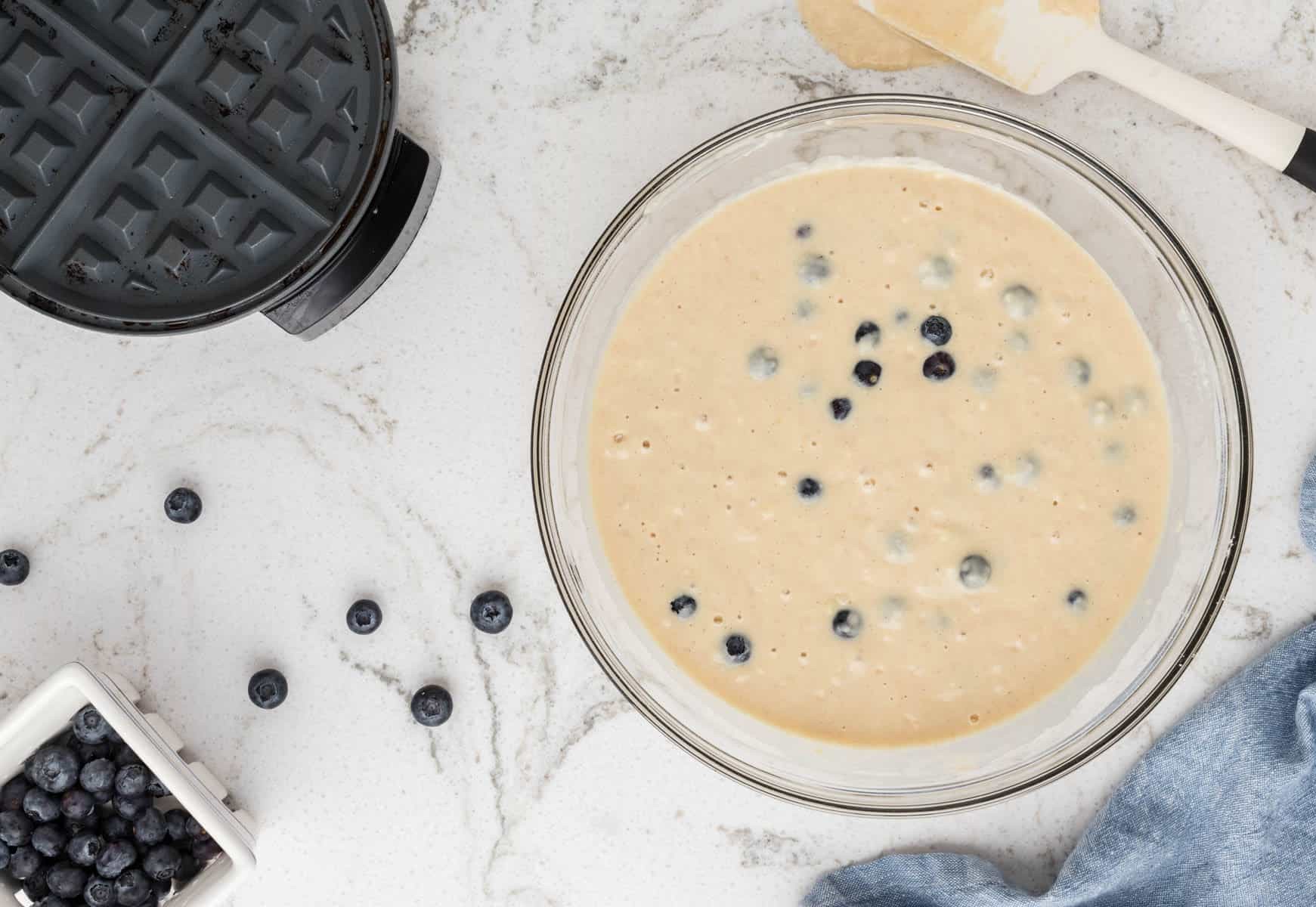
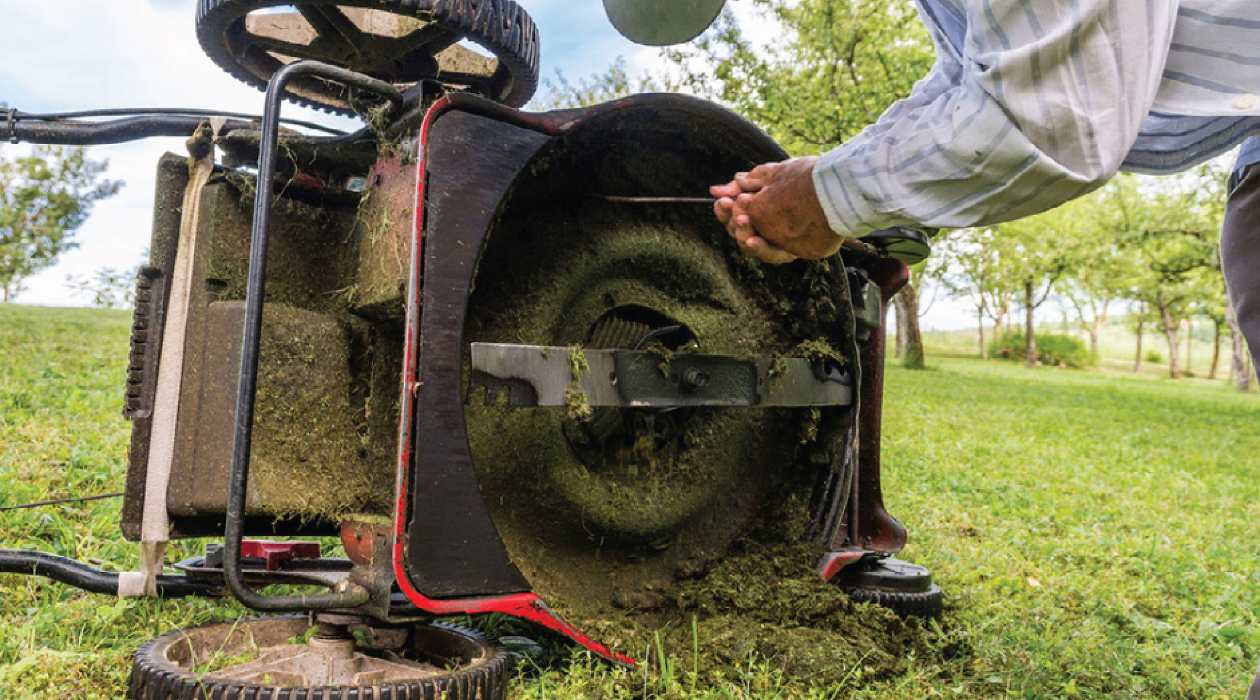
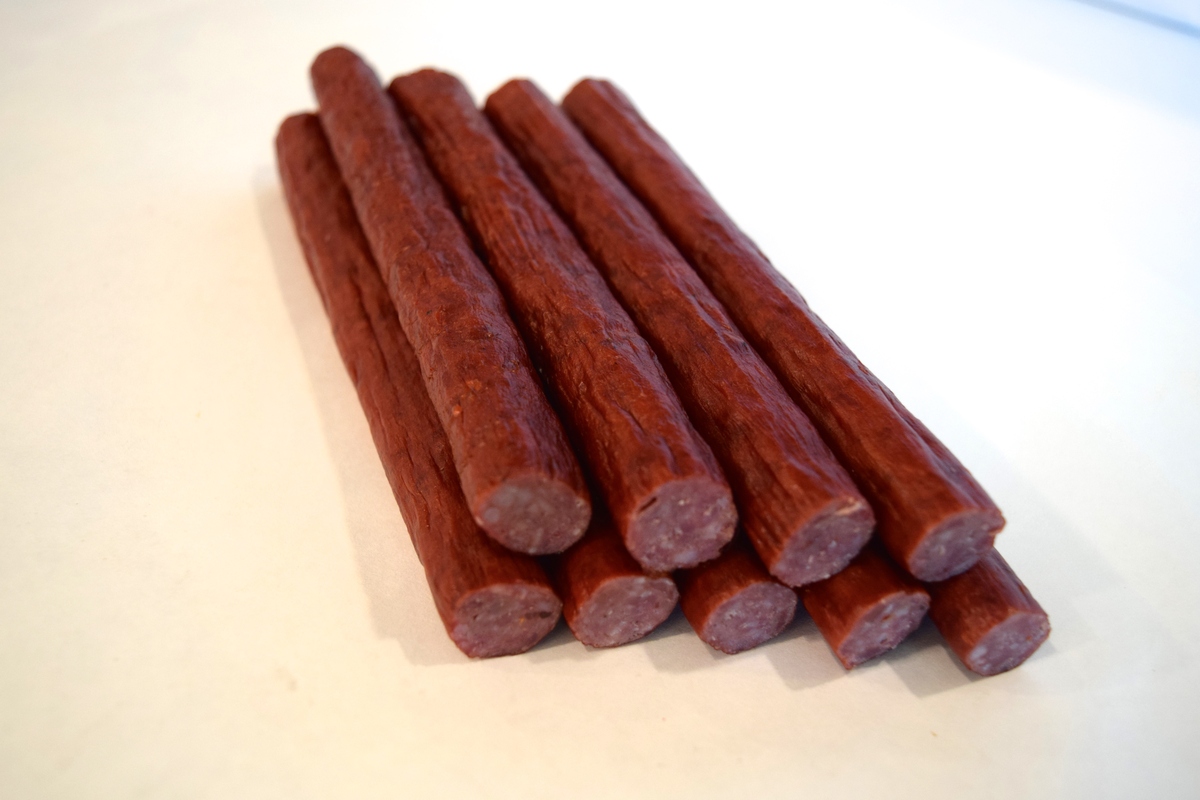
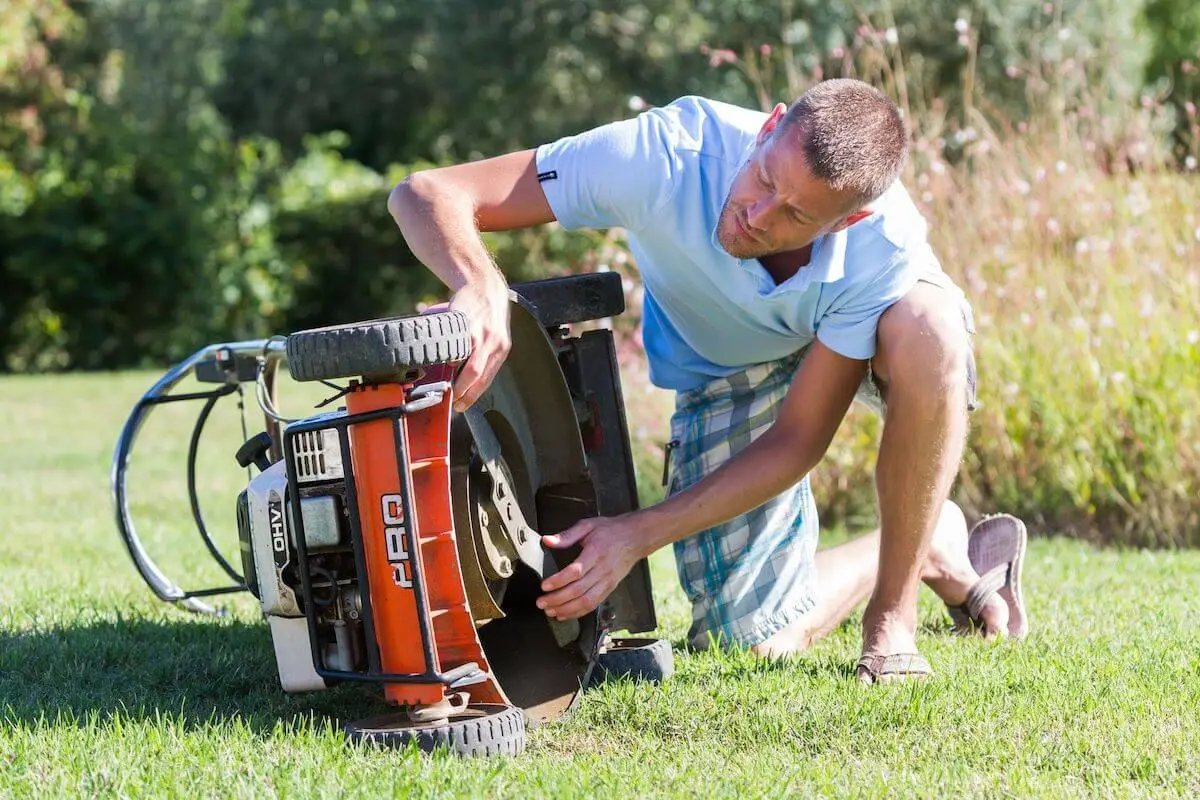
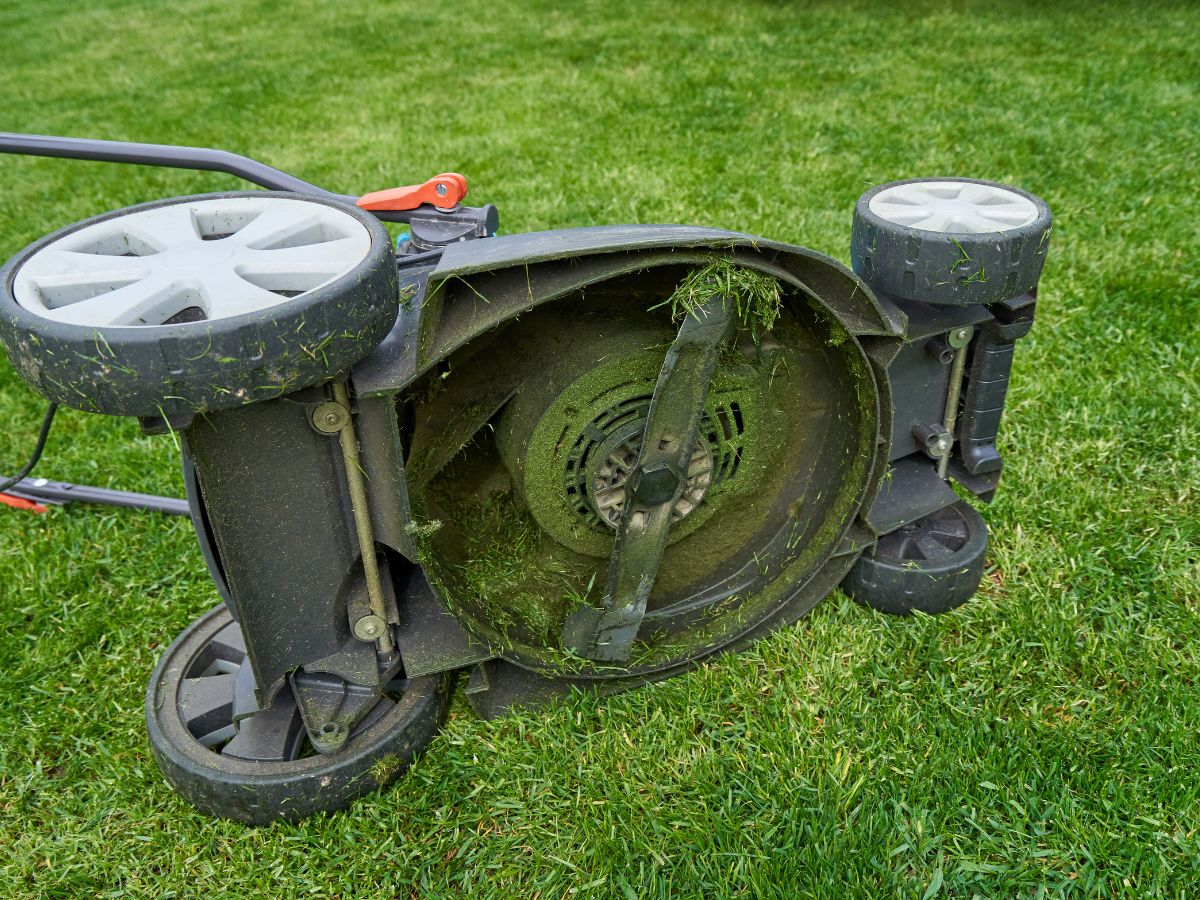
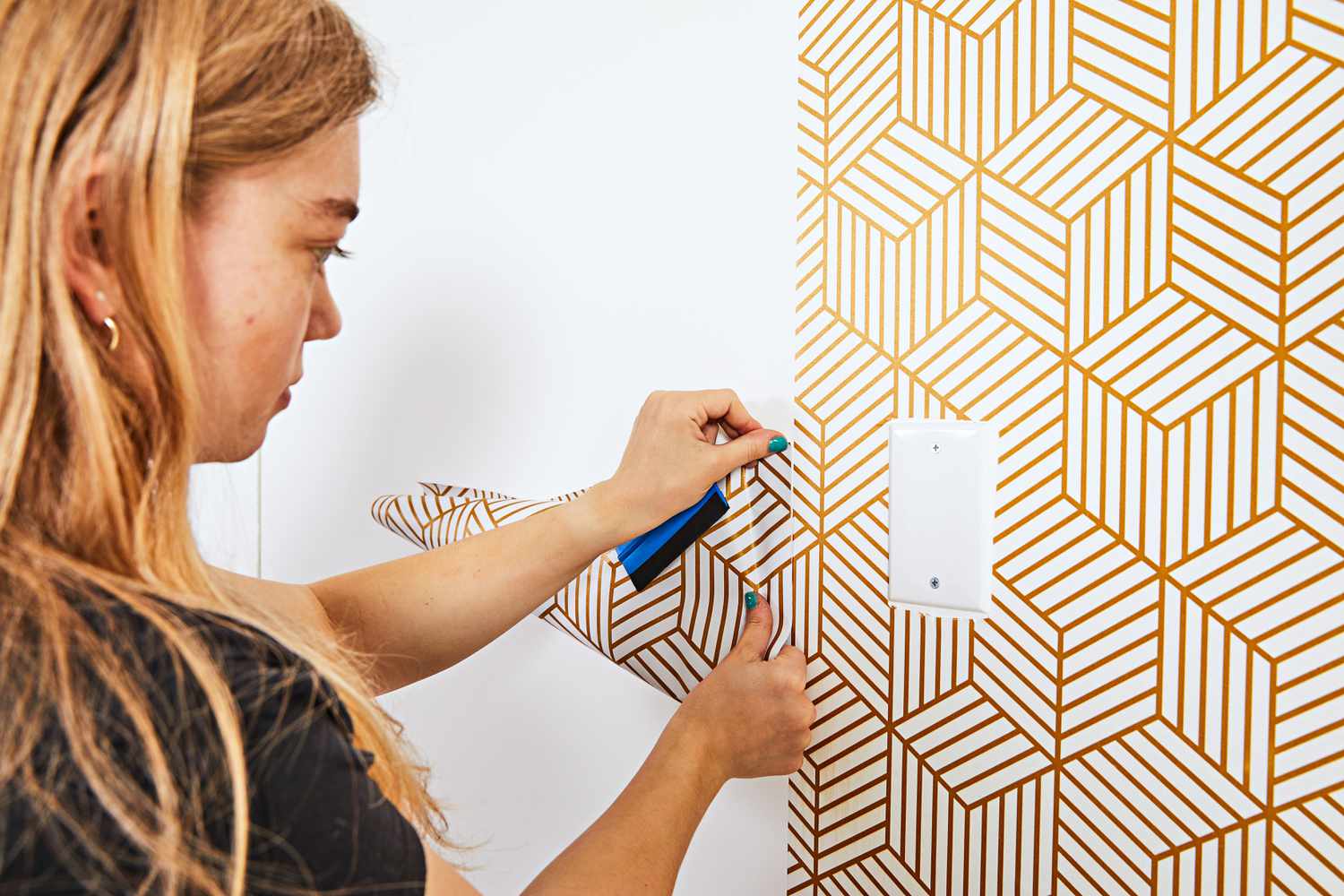
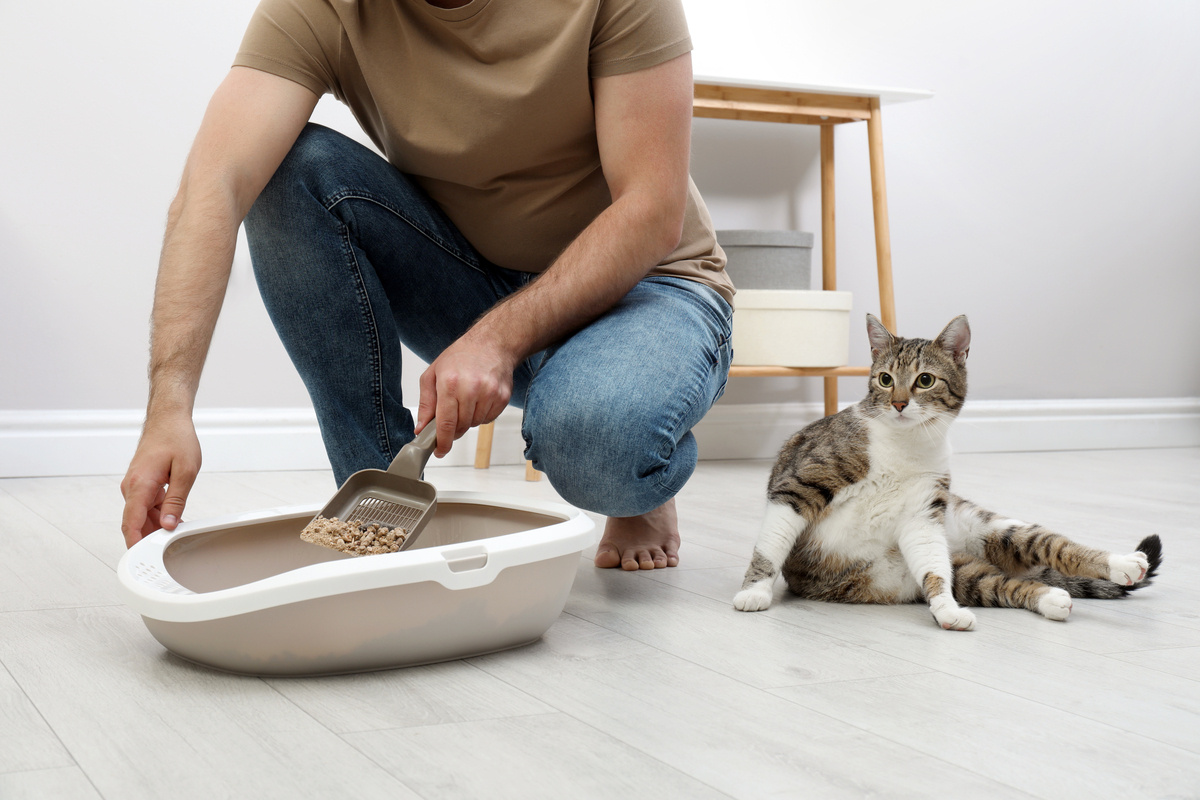
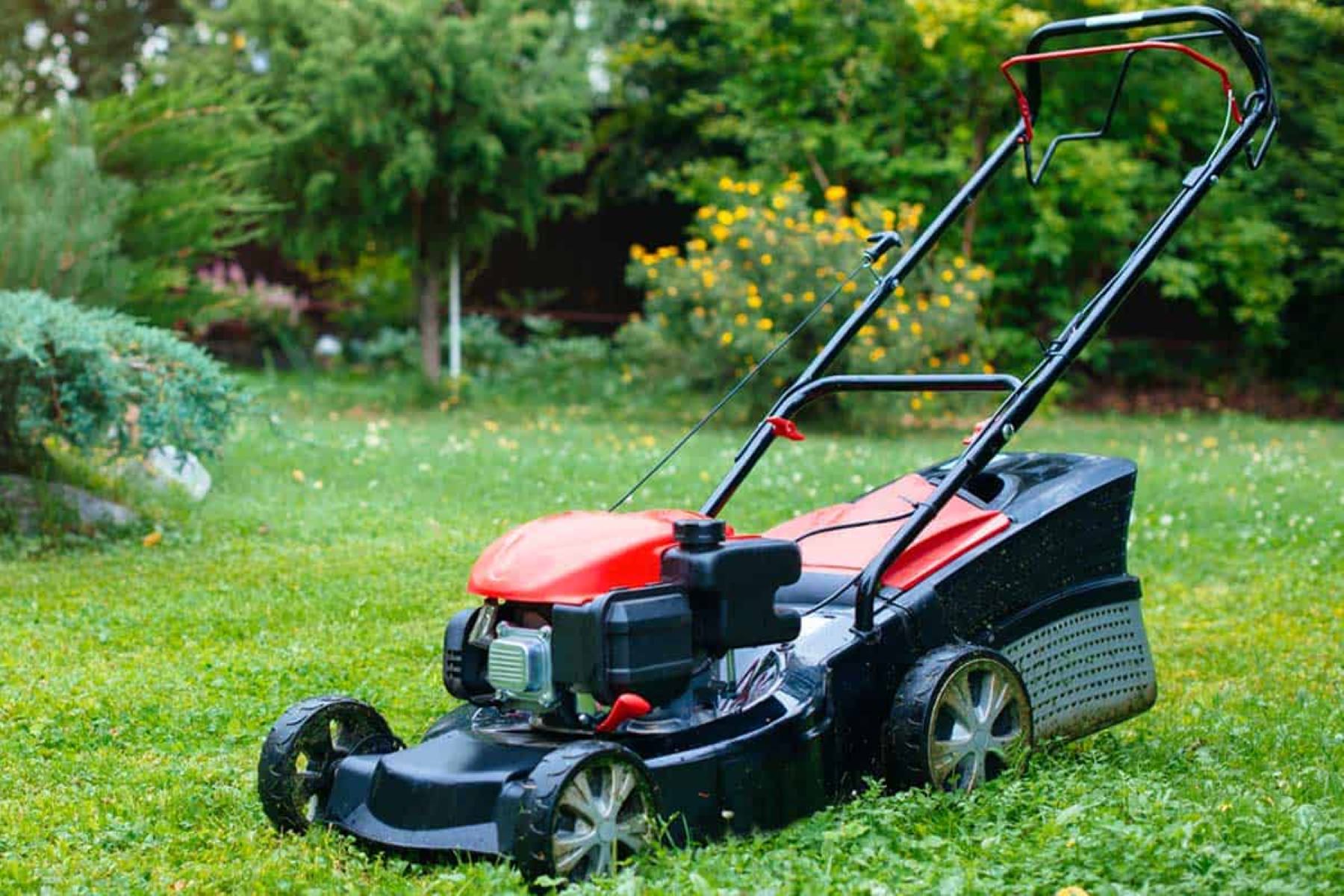
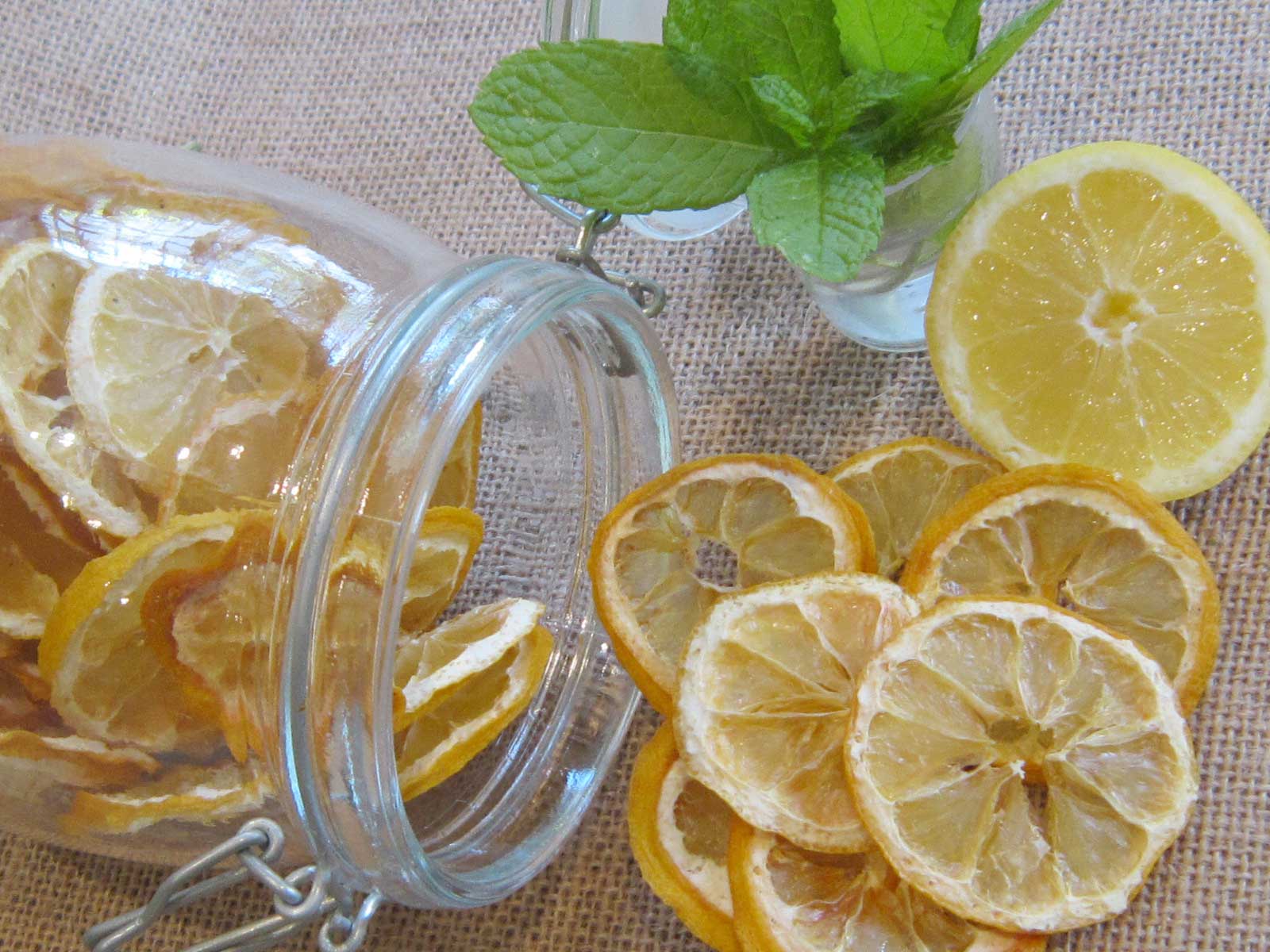
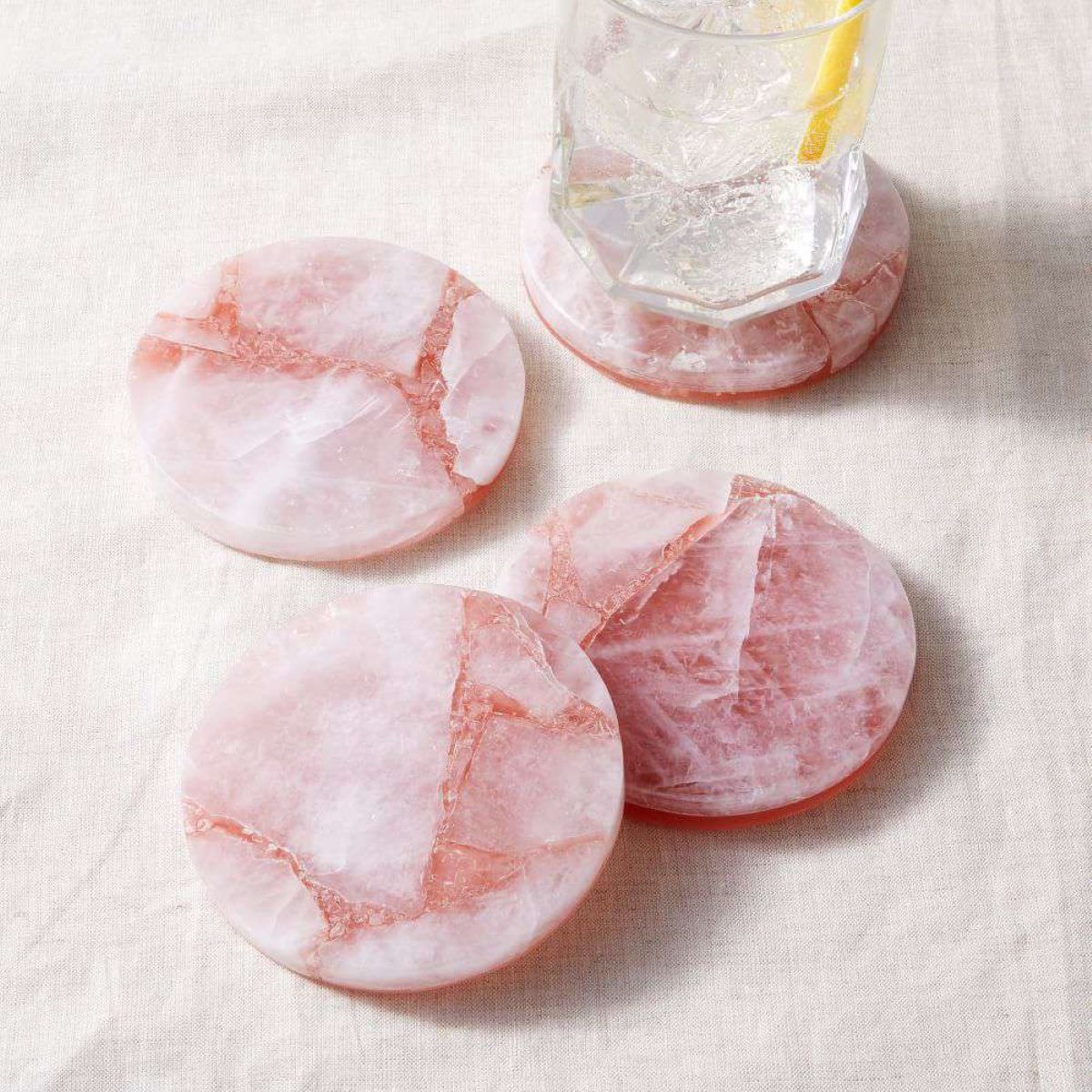
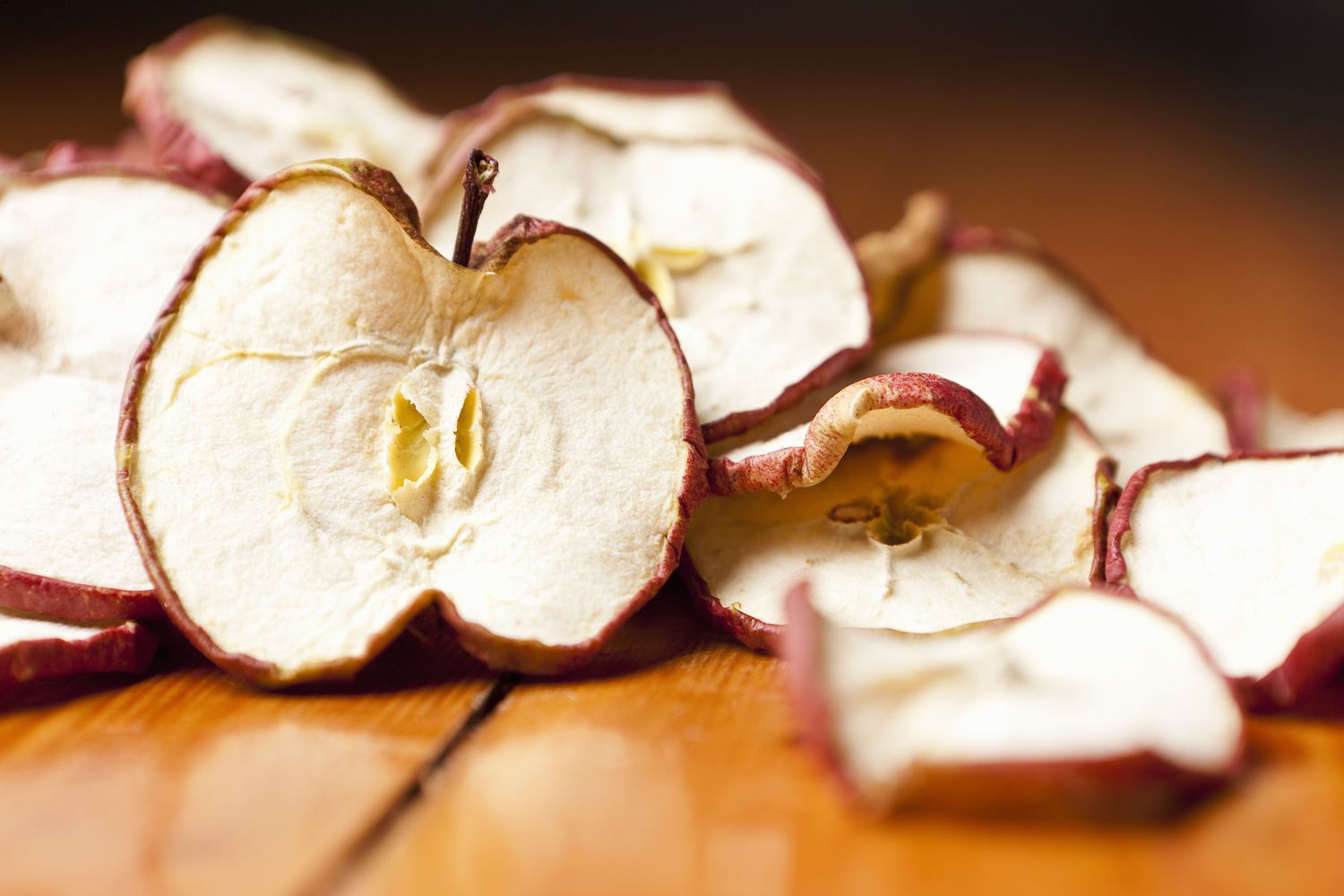
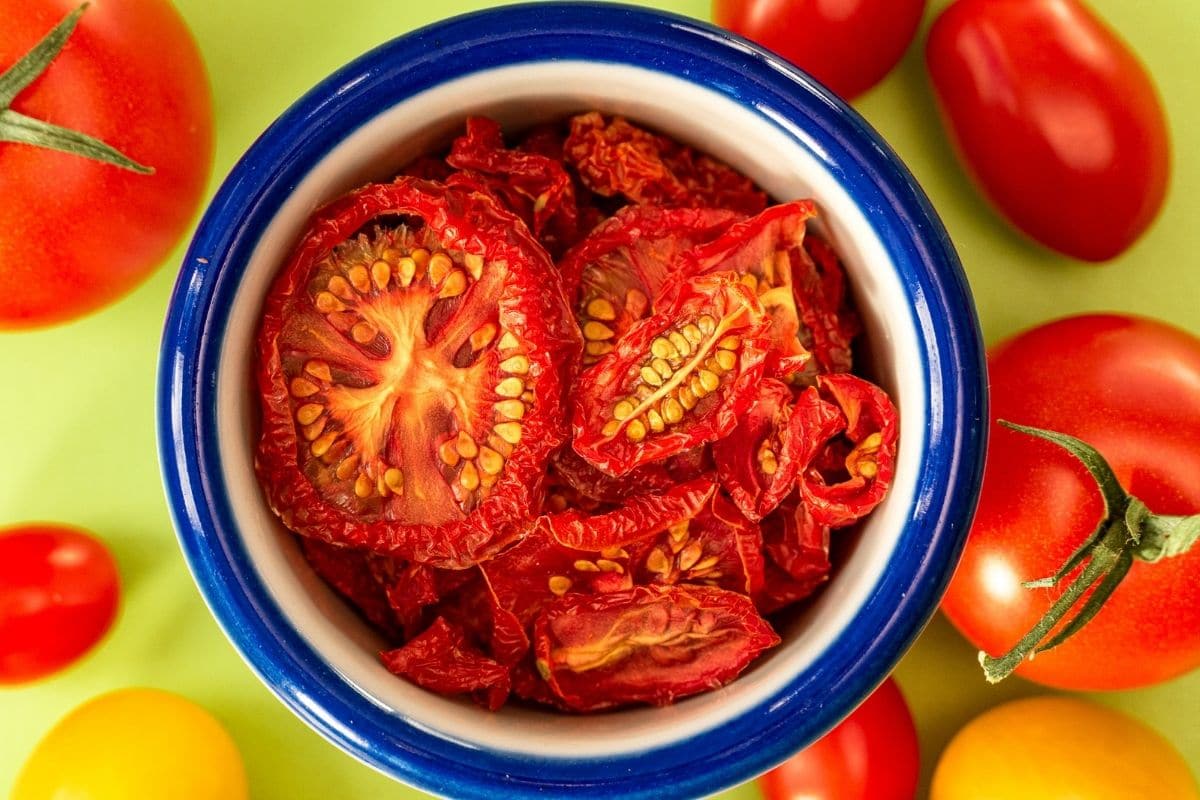
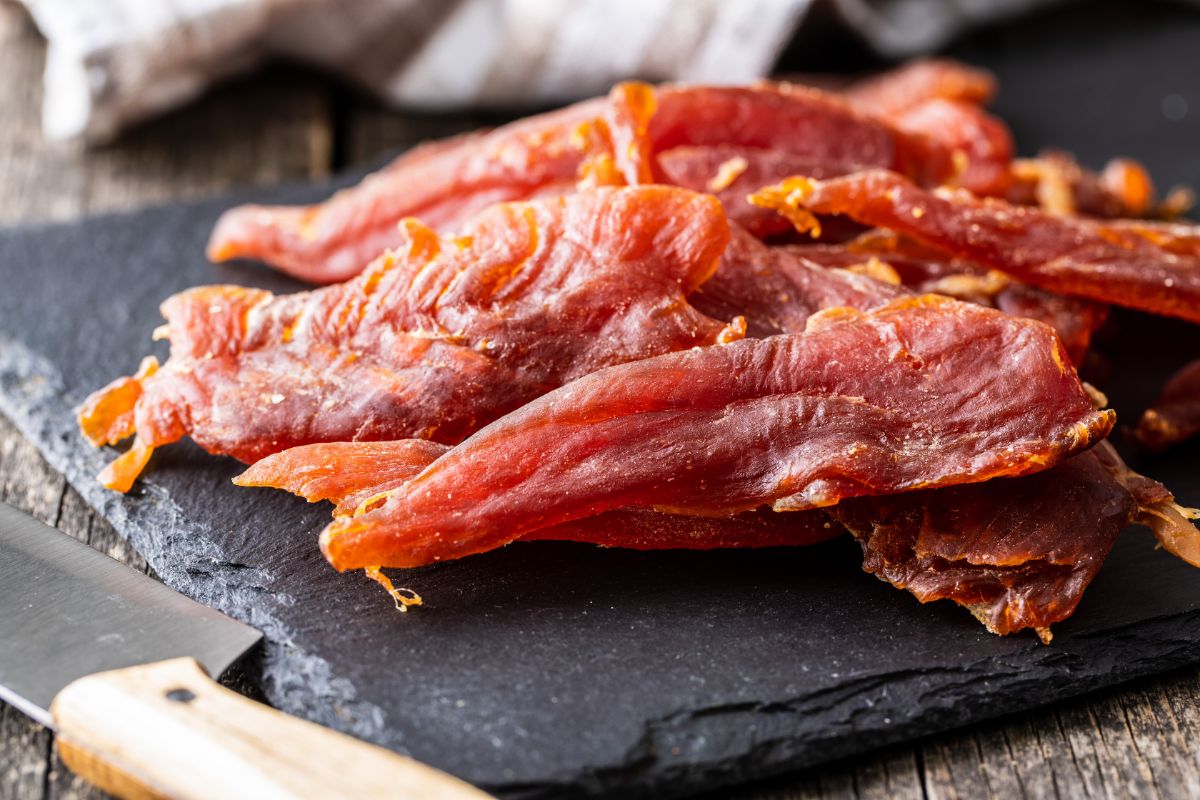
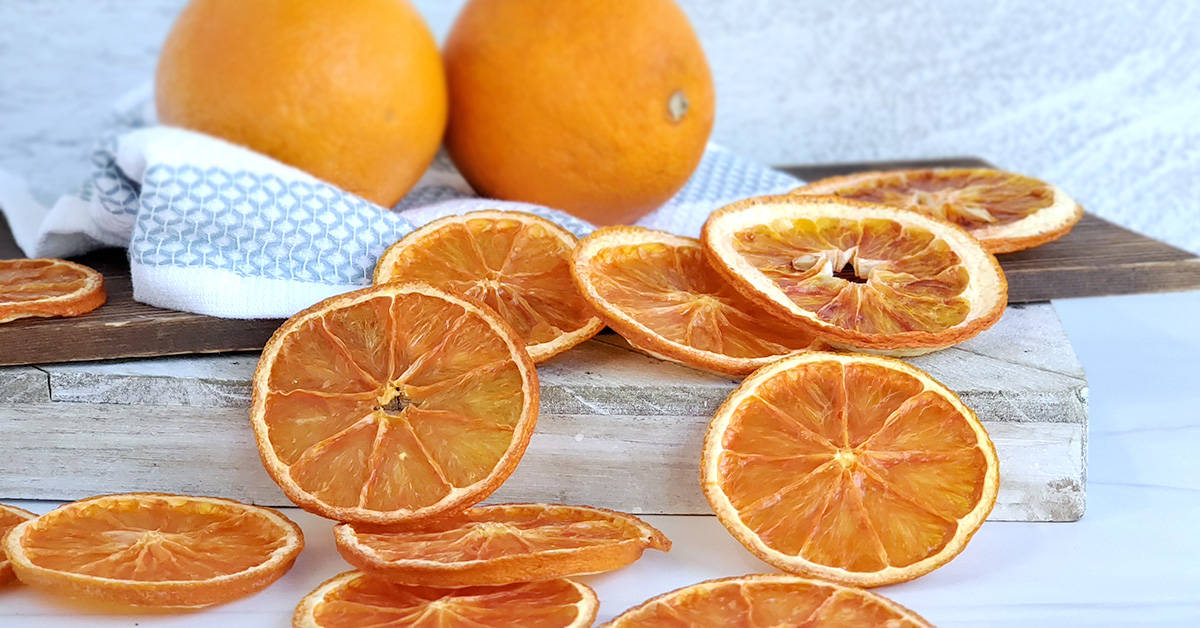

0 thoughts on “How To Keep Food From Sticking To Dehydrator Trays”